Table of Contents
How to Build an Instant Grocery Delivery App: A Guide for Business Owners
Author

Subject Matter Expert

Date

Book a call
In today's fast-paced world, time is our most precious commodity. And when it comes to grocery shopping, the hours we spend wandering around the aisles of a supermarket can feel like an eternity. But what if there was a way to claim back that time and make the grocery shopping experience effortless and convenient?
Well, there is—by building an instant grocery delivery app!
In this blog, we'll explore how you can create a grocery and food delivery app that provides a seamless customer experience and saves people time. From market trends to essential features and challenges, we've got you covered. So, let's dive in!
Grocery Apps Market Trends
In recent years, the grocery delivery market has experienced a surge in growth, driven by the rise in online shopping and demand for convenient, time-saving solutions.
The COVID-19 pandemic further accelerated this trend as people sought to avoid in-person shopping and limit exposure to the virus. According to a report by ResearchAndMarkets, the global online grocery market is expected to reach $1.3 trillion by 2025, growing at a CAGR of 15.48% between 2020 and 2025.
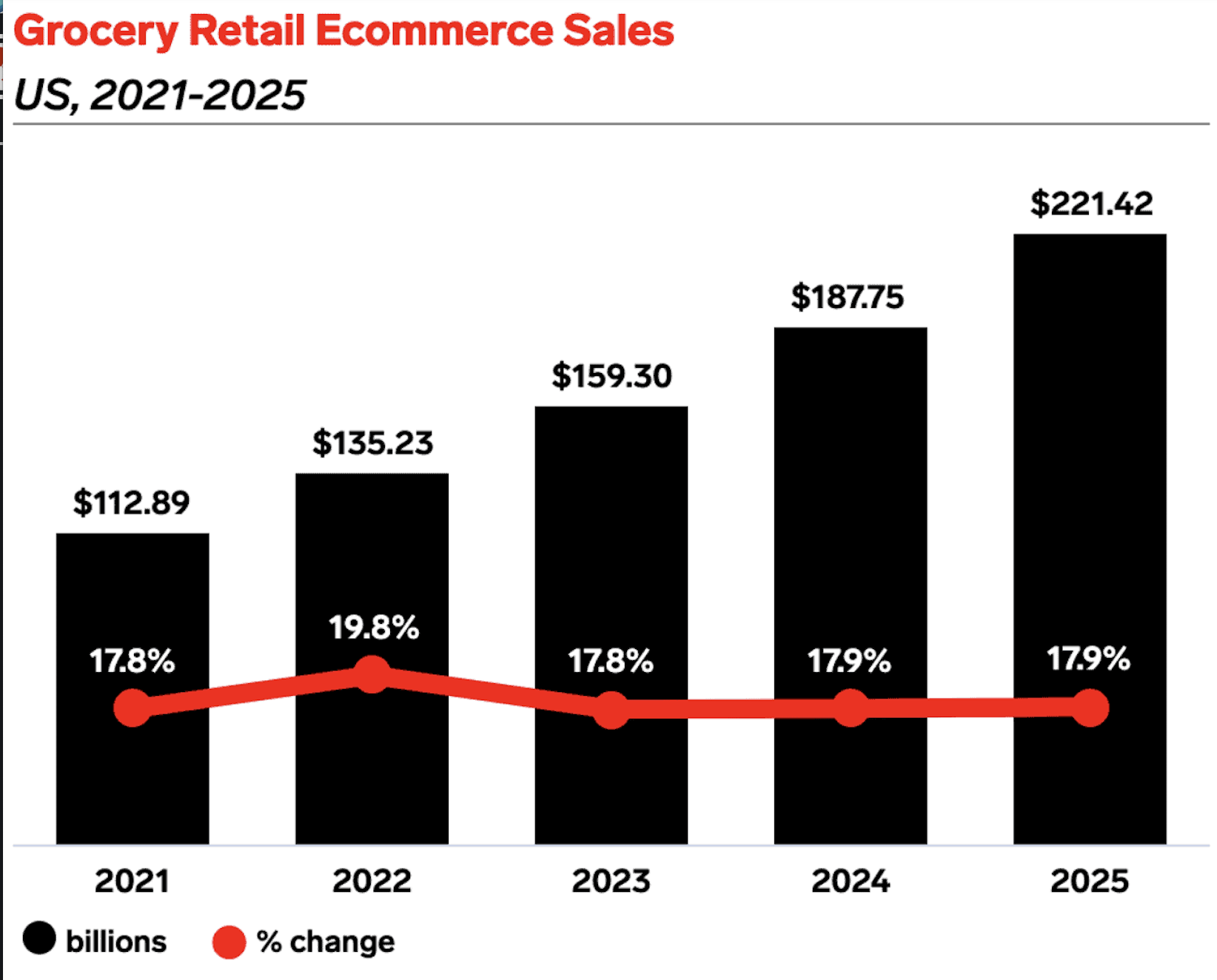
To succeed in this market, it is imperative to understand the target audience and their needs. The primary consumers of grocery and food delivery services are busy professionals, parents, and elderly people who may have difficulty shopping in-store. According to a survey by eMarketer, 74% of US adults who use grocery delivery services are aged between 18 and 44. These consumers value convenience, time-saving, and the ability to avoid crowds and long lines. They also tend to be tech-savvy and comfortable using online platforms to make purchases.
Despite the competition, there are still significant opportunities in the grocery delivery market. The increasing demand for convenience and time-saving solutions presents a ripe opportunity for new entrants to enter the market. Additionally, there is room for innovation in terms of product selection, delivery options, and user experience. Challenges in the market include high competition and pressure to keep prices low, as well as the need to build trust and reliability with customers.
Types of Grocery Apps
Grocery apps come in different types and cater to different needs. Let’s discuss the different types of grocery apps and what to consider when developing a marketplace grocery app.
1. Single Store Grocery App
Single Store Grocery App is a type of app that enables users to purchase groceries from a single store. Users can select the items they need from the store's inventory and have them delivered to their doorstep. Examples of single-store grocery apps include Walmart Grocery, Target, and Kroger.
2. Multi-Store Grocery App
Multi-Store Grocery App is an app that allows users to purchase groceries from multiple stores. Users can select the items they need from a variety of stores and have them delivered to their doorstep. Examples of multi-store grocery apps include Instacart, Shipt, and FreshDirect.
3. Marketplace Grocery App
Marketplace Grocery App is an app that enables users to purchase groceries from various sellers on a single platform. Users can select the items they need from different sellers, compare prices, and have them delivered to their doorstep. Examples of marketplace grocery apps include Amazon Fresh, Grofers, and BigBasket.
When developing a marketplace grocery app, there are several things to consider:
- Inventory Management
Managing inventory is crucial when developing a marketplace grocery app. You need to ensure that you have enough inventory to meet demand, and you must have a system in place to track inventory levels.
- User Interface
The user interface of your app is crucial to its success. The interface should be intuitive, easy to navigate, and visually appealing. A good user interface will encourage users to use your app and make repeat purchases.
- Delivery Management
Delivery management is another important consideration when developing a grocery app. You need to ensure that you have an efficient delivery system in place that can handle a high volume of orders.
- Payment Gateway Integration
Integrating a payment gateway into your app is crucial to ensure that users can easily and securely make purchases. You need to ensure that your payment gateway is reliable, secure, and supports different payment methods.
Top Grocery Delivery Apps and Their Cost of Development
Numerous businesses have expertly developed grocery delivery applications, empowering customers to easily shop for groceries online and have them promptly delivered to their doorstep.
Below are some widely used grocery delivery apps that have been successful and beneficial to their large customer base worldwide, along with their development costs.
Instacart

- Instacart has raised over $2.4 billion in funding and is valued at $39 billion (as of March 2021).
- The development cost of Instacart is estimated to be around $2 million to $3 million.
- USP: Instacart offers same-day delivery of groceries from local stores, with a wide selection of products and competitive prices.
- Interesting fact: Instacart's revenue surged over 500% in 2020 due to the COVID-19 pandemic.
Walmart Grocery
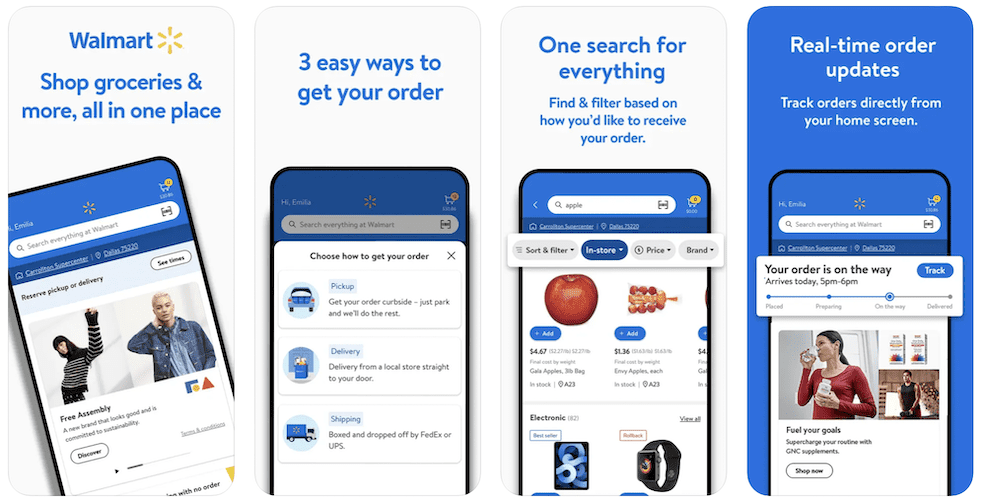
- Walmart Grocery is part of the Walmart app and website, which have been downloaded over 40 million times.
- The development cost of Walmart Grocery is not publicly available, but the overall cost of Walmart's e-commerce investments is estimated to be over $11 billion.
- USP: Walmart Grocery offers free curbside pickup and delivery options, with a price match guarantee and a large selection of products from Walmart's stores.
- Interesting fact: Walmart Grocery's online sales grew by 79% in 2020, with over 3,000 new stores added to its pickup and delivery network.
Shipt

- Shipt was acquired by Target in 2017 for $550 million.
- The development cost of Shipt is not publicly available, but the acquisition cost and subsequent investments in the platform suggest a significant investment.
- USP: Shipt offers same-day delivery of groceries from local stores, with a personalized shopping experience and access to exclusive deals for members.
- Interesting fact: Shipt has partnerships with over 100 retailers, including Target, CVS, and Petco.
Amazon Fresh
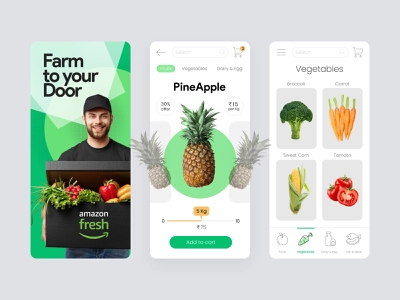
- Amazon Fresh is part of the Amazon app and website, which have over 300 million active users.
- The development cost of Amazon Fresh is not publicly available, but Amazon's overall investment in e-commerce and delivery infrastructure is estimated to be over $30 billion.
- USP: Amazon Fresh offers free delivery for Prime members, with a large selection of products from Whole Foods and other retailers, as well as access to Amazon's other services.
- Interesting fact: Amazon Fresh is available in over 2,000 cities and has expanded its offerings to include meal kits, prepared meals, and other grocery-related products.
Kroger
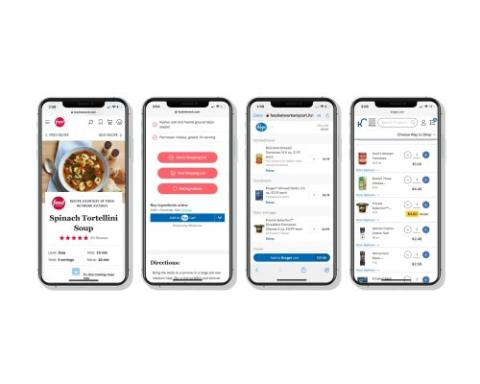
- Kroger is one of the largest grocery retailer in the US, with over 2,700 stores and $121 billion in revenue in 2020.
- The development cost of Kroger's app is not publicly available, but the company has invested heavily in e-commerce and delivery infrastructure in recent years.
- USP: Kroger offers a variety of delivery and pickup options, including same-day delivery, in-store pickup, and curbside pickup, as well as access to exclusive deals for members.
- Interesting fact: Kroger has partnerships with several technology companies, including Ocado and Microsoft, to improve its e-commerce capabilities and customer experience.
The cost of developing a grocery delivery app can vary depending on the app's features, complexity, and the technology stack used. According to EmizenTech, the development cost for a basic grocery delivery app can range from $30,000 to $40,000, while the cost for a more advanced app with additional features can range from $50,000 to $70,000.
The grocery delivery industry is rapidly growing, and grocery delivery apps are becoming increasingly popular among consumers.
Note: If you're considering developing a grocery delivery app, check-out Grofast, an ideal delivery application starter kit that is simple to use, scale, and maintain.
Design and Development
In today's fast-paced world, people want everything at their fingertips, including groceries. An instant grocery delivery app is a perfect solution for busy people who need more time to shop in-store. Designing and developing such an app requires careful consideration of features, functionality, technology stack, and design.
Let’s discuss these key components needed to build an instant grocery delivery app and provide a step-by-step guide for app development.
Features and Functionality
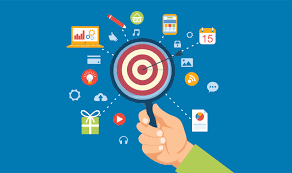
An instant grocery delivery app should have the following features and functionalities:
- User registration and login
- Product listing with images, descriptions, and pricing
- Shopping cart and checkout system
- Multiple payment options, including credit/debit cards, mobile wallets, and COD
- Real-time order tracking and delivery updates
- Ratings and reviews system
- In-app customer support
- Push notifications for order updates and promotions
- Location-based services to identify nearby stores and delivery options
Technology Stack
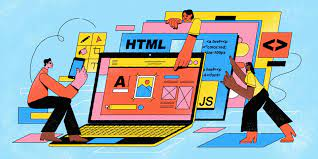
To develop an instant grocery delivery app, you'll need a technology stack that includes:
- Front-end development tools like React Native or Flutter for mobile app development
- Backend development tools like Node.js, PHP, or Python for server-side scripting
- Database management systems like MySQL or MongoDB
- Cloud storage and hosting services like Amazon Web Services (AWS) or Google Cloud Platform (GCP)
- Payment gateway integration services like PayPal or Stripe
- API integration tools for third-party services like Google Maps or Twilio for messaging services.
App Design Process
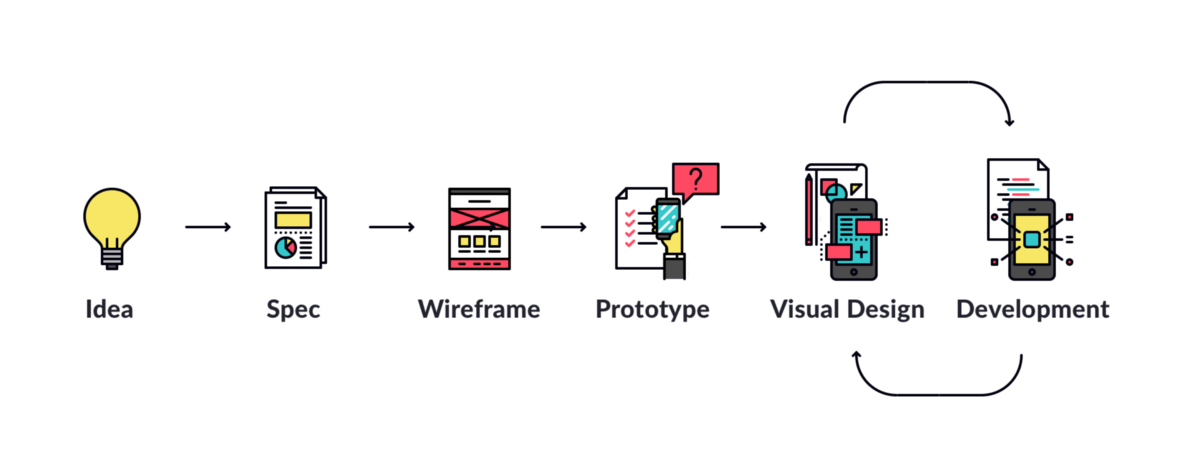
The app design process involves the following steps:
- Ideation and Conceptualization – Defining the app's purpose, target audience, and feature requirements.
- Wireframing and Prototyping – Creating a basic layout of the app's screens and functionalities to give an idea of how the app will function.
- UI/UX Design – Creating an attractive user interface design that matches the brand image and provides a seamless user experience.
- App Development – Building the app using the chosen technology stack and integrating necessary features and functionalities.
- Testing and Quality Assurance – Ensuring the app is bug-free, user-friendly, and meets the expected quality standards.
- Launch and Maintenance – Publishing the app on app stores and providing regular maintenance and updates.
Step-by-Step Guide to Develop an Instant Grocery Delivery App
- Plan and research the app's purpose, target audience, and feature requirements.
- Choose a technology stack that aligns with the app's requirements and budget.
- Develop the front-end and back-end of the app, integrating necessary features and functionalities.
- Integrate payment gateway and API services for location-based services, messaging, and other third-party services.
- Test the app for bugs and usability issues.
- Publish the app on app stores and promote it through digital marketing and social media.
- Provide regular maintenance and updates to ensure the app's smooth functioning and user satisfaction.
Challenges of Making a Grocery Shopping App
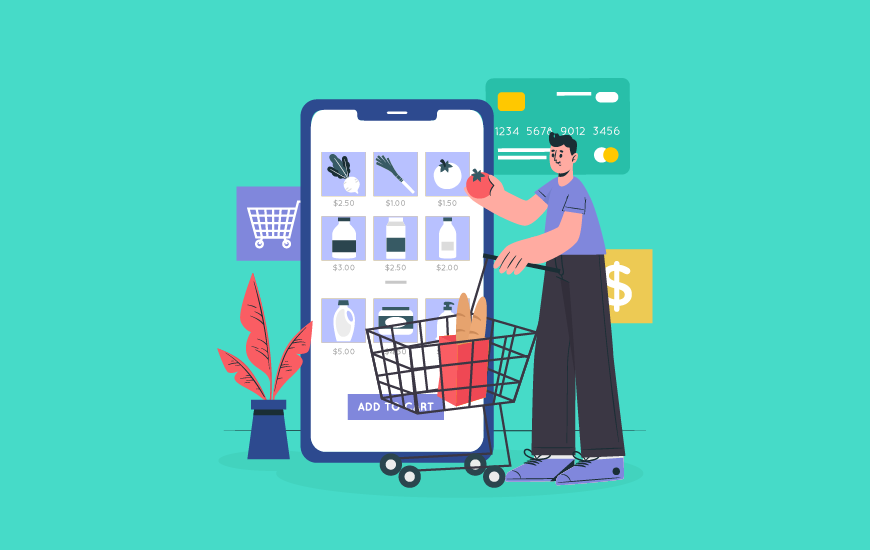
The grocery industry has seen significant growth in the last few years, and grocery shopping apps have become increasingly popular among consumers. However, developing a grocery shopping app is a challenging task that app developers face. Let's take a look at some of them.
- Data Management
Data management is one of the biggest challenges of making a grocery shopping app. Grocery shopping apps require a lot of data to function, including product information, pricing, and inventory levels. App developers need to ensure that they have a reliable system in place to manage this data.
- User Experience
The user experience of a grocery shopping app is critical to its success. App developers need to create an app that is easy to use, visually appealing, and provides an excellent user experience. If the user experience is not up to par, users are likely to abandon the app and use a competitor's app instead.
- Delivery Logistics
Delivery logistics is another significant challenge of making a grocery shopping app. App developers need to ensure that they have a reliable and efficient delivery system in place to handle a high volume of orders. They also need to ensure that delivery times are accurate and that orders are delivered on time.
- Integration with Existing Systems
Grocery shopping apps must integrate with existing systems, such as point-of-sale and inventory management systems. App developers must ensure that their app can communicate effectively with these systems to provide accurate information to users.
- Competition
The competition in the grocery shopping app market is fierce. Several well-established apps, including Instacart, Shipt, and Walmart Grocery, dominate the market. App developers must create an app that stands out from the competition and provides a unique value proposition to users.
Grofast — the Quintessential Grocery Delivery App

Grofast is a showcase app that has all the features of a modern grocery application. It is built with a robust architectural code design for the application and uses the latest technology stack, including Hasura, Dapr, and Flutter, to provide a robust and scalable solution.It can be customized for any delivery and service-based application depending on your specific requirements. Important features include Guest and User Authentication, Live Order Tracking, Vendor Authentication, and more.
FAQs
How much does it cost to deliver an MVP of a grocery delivery app?
The cost to deliver an MVP (Minimum Viable Product) of a grocery delivery app can vary based on several factors, including the features, technology stack, development team's location, and more. However, the estimated cost can range from $10,000 to $50,000, as per the analysis by Emizentech.
How much time does it take to build a grocery delivery app?
The time required to build a grocery delivery app heavily depends on the complexity of the app and the features involved. It can take around three to six months for the development process to complete, as per the analysis by Fatbit.
Outsource grocery delivery app development or in-house?
Choosing whether to outsource grocery delivery app development or keep it in-house depends on various factors such as budget, team's technical expertise, and the project's timeline. Outsourcing the development can save time and money, but it also demands careful consideration of the development team's skills and experience.
What are the benefits of making a grocery delivery mobile app?
A grocery delivery mobile app offers various benefits such as providing a convenient shopping experience to customers, enhancing customer engagement, increasing sales and revenue for the grocery stores, improving order fulfillment, and enabling real-time tracking and updates.
Why should you invest in developing a grocery delivery mobile app ?
Investing in grocery delivery mobile app development can provide various benefits such as increased customer loyalty, improved customer experience, better order management, efficient delivery operations, and higher revenue generation. Additionally, grocery delivery apps have seen an increase in demand and usage in recent years, making it a potentially profitable investment.
Dive deep into our research and insights. In our articles and blogs, we explore topics on design, how it relates to development, and impact of various trends to businesses.





